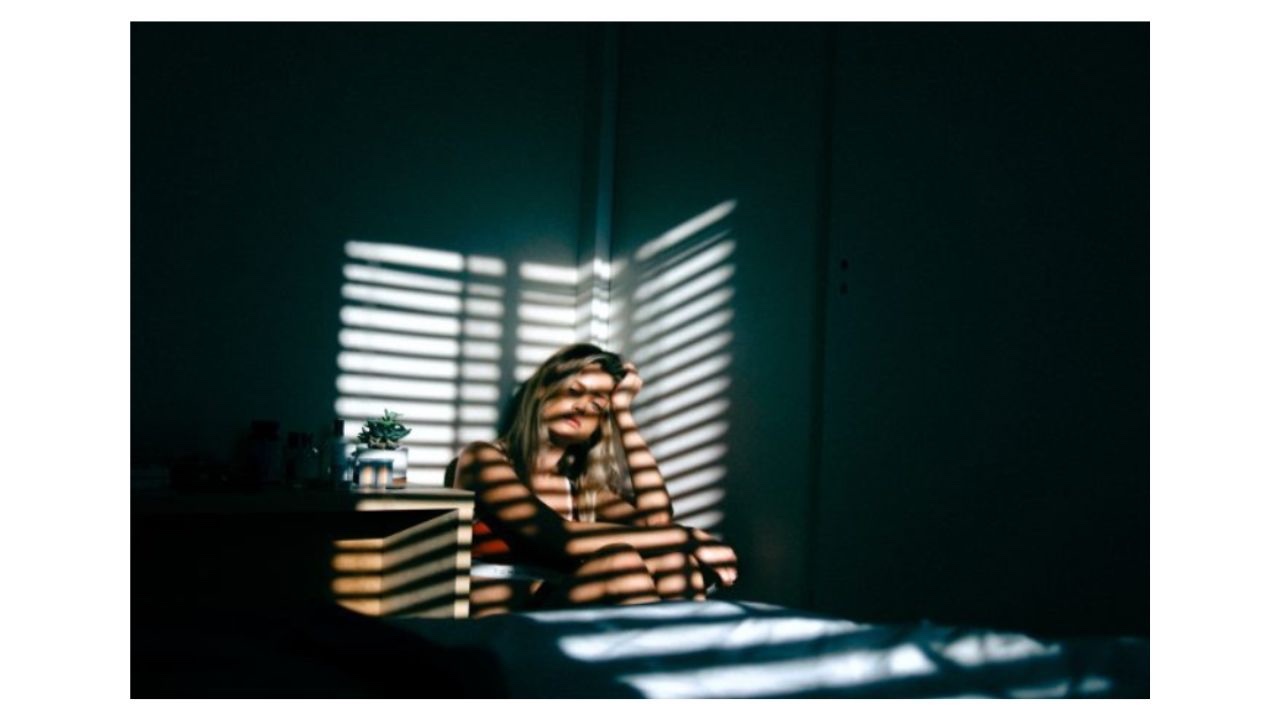
What is Seasonal Depression?
Jul 13, 2022Written by a Senior at CSUCI.
As fun and exciting as the seasonal activities can be, many people experience what is called seasonal depression. This is a real thing, and actually very common, with over 3 million diagnoses per year. Also known as ‘Winter depression’ or seasonal affective disorder (SAD), some symptoms may include, “oversleeping, appetite changes, especially a craving for foods high in carbohydrates, weight gain, and tiredness or low energy.” (Mayo Clinic 2017). SAD is most commonly seen in young people, and more commonly in women than in men.
I personally experience SAD each year, particularly when the time changes. In years past I have found I gain weight, avoid friends, my sleep schedule starts getting out of control, and feelings of depression and sadness are much more frequent than what I experience in the summer.
This year I have tried to make some long term changes that I feel that have personally improved my mood and health, and so far my seasonal depression has been much more manageable. I would like to note that this is what works for me personally, but may not be the same for everyone else.
First, I get my eating habits under control. I do not diet or count calories, but I make a point to attempt to include some fruits and vegetables in my meals everyday, and drink at least 60 ounces of water. Because it is holiday season, I have no intentions of depriving myself of treats or family meals, but I do try to keep portion sizes in mind. I remember one year I primarily lived off of instant ramen and hot pockets, and I’m sure as you can imagine I felt very sluggish and also gained an unhealthy amount of weight. Another thing I try to do is exercise when possible. Even if it means a brisk 20 minute walk, feeling the fresh air and some sunlight on my skin (or moonlight, if that’s when you choose to work out) always makes me feel better. And, as most people know, exercising raises endorphins or “feel good chemicals.”
Another thing that helps me personally is participating in my hobbies, which for me is sketching and crocheting. It’s fun for me to follow the fanbases of my favorite shows, draw fan arts, and keep up with the rest of the art community on social media. Not only does it brighten my feed and makes me feel good, I also like supporting the artists.
Lastly, the biggest thing that helps me with my seasonal depression is my friends and family. I have a tendency to become withdrawn and avoid people and hole up in my room, but I always feel better when my friends are there to support me. Grabbing coffee together, watching a movie, or just having someone by your side even if you two share the silence together is nice. Another good option for those who feel like they may not have people in person to share their time with, are the many online communities that are very kind and welcoming and are fun to converse with and build online relationships with. (Of course I always suggest using caution in regards to the internet. Make sure to use your best judgement and participate in the platforms you think will be most conducive to making friends and enjoying yourself.)
Finally, make sure to check in with your doctor. If SAD is left untreated, it can develop with more serious consequences, including, “social withdrawal, school or work problems, substance abuse, other mental health disorders such as anxiety or eating disorders, and suicidal thoughts or behavior” (Mayo Clinic 2017). Make sure to have a safe and happy holiday, and make sure you are taking care of yourself during these “darker” days with daylight savings!
References
- Mayo clinic, Seasonal affective disorder (SAD). (2017, October 25). Retrieved from https://www.mayoclinic.org/diseases-conditions/seasonal-affective-disorder/symptoms-causes/syc-20364651.

